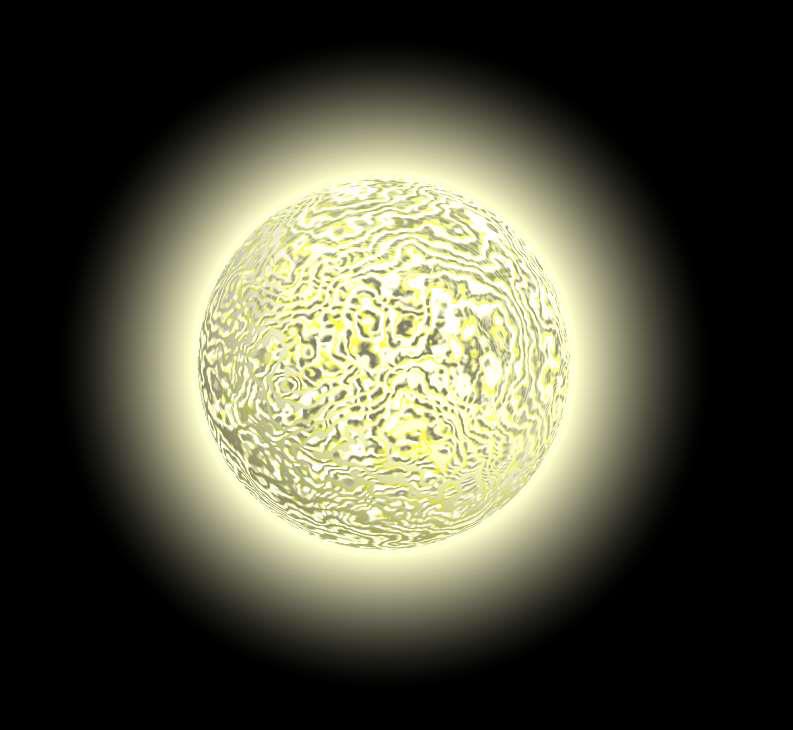

Scientists can do quite a lot of really interesting experiments in a lab: creating micro-black holes and simulating multiverses, reaching near absolute zero temperatures, mimicking the conditions of the universe just seconds after the big bang took place, subsequently throwing everything we see into existence. (The link to those stories that we have covered can be found in the ‘further reading’ section outlined below). Lets add another cool thing to the list. Scientists from the University of Cambridge recently announced that they were able to recreate the conditions one would experience on the surface of a white-dwarf.
First, to recap, lets discuss what a white-dwarfs are and how they form. After a sun-like star makes the transition from main-sequence to the red-giant phase, it ultimately sheds the remainder of its outer envelope of gases into space after it burns the rest of the hydrogen and helium fuel forged in their core. This process forms a planetary nebula similar to the famous Helix nebula (also known as the Eye of God in the mainstream media). The remainder of the mass from the now-deceased star is crammed into an object that is no larger than the size of Earth, and it is called a white-dwarf. In a way, these objects are similar to neutron stars, as both do not collapse into a singularity through a process we know as degeneracy.
Now then, for this particular study, the team had to develop an environment that is both hot, dense, and has significant gravitational forces (the fields these defunct stars exhibit are more than a billion times more powerful than those we experience here on Earth). According to Matt Pang, who participated in this groundbreaking study, “if a fridge magnet with this strength was sitting in the Science Museum in central London, everyone with a pacemaker would have to move outside the M25.”
This team, like most physicists, are interested in reproducing the harsh environment witnessed on white-dwarfs to better understand how atoms (in this case, electrons) behave in a similar environment. It was also an opportunity to test our theories to insure our models are correct. As we already know, the chemistry on the surface of stars completely changes once they reach the white-dwarf phase of stellar evolution. Namely, now atoms can become bonded (they did not stick together beforehand in the star). Furthermore, those that were bonded prior to this event begin to change shapes and sizes.
Prior to their experiments, the team discovered that generic silicone crystals, the type used to manufacture computer chips, are sensitive enough to withstand the forces of a fairly weak magnetic field, which led to the understanding that they could achieve similar affects and recreate the same conditions with the magnetic forces of white-dwarfs.
In order to test this, the team needed to compare the atomic properties of hydrogen to the spectrum of phosphorous patterns seen under the laboratory magnetic fields to those witnessed for hydrogen on white-dwarfs. This was most easily obtained by doping phosphorous into silicon, which changes the properties of the elements. This combination was the most favorable, since it can be scaled down much more easily to compare the atomic properties of the two. What they found is that the electron cloud around the hydrogen atoms changed into many different patterns, ranging from fans to high-elongated, lumpy pencils.
“The theory predicting the behaviour of hydrogen atoms in magnetic fields this high has been around for just under a century, but until now, no-one was able to test it right up at the limit seen on white dwarfs. We are looking forward to using the principle to see what happens to molecules, where the theory is almost impossibly hard,” said Murdin.
This isn’t the end of the line, as the team, who have came up with a remarkable breakthrough by using readily-available materials to model and test astronomical phenomena that has remained largely impossible thus far, plan to continue testing similar effects on a plethora of atoms and molecules largely found on white-dwarfs — perhaps opening the door to better understand the properties of white dwarfs, neutron stars and maybe someday in the near future, quark stars (if we ever get confirmation that they do indeed exist).
Ellis Bowyer, a doctoral researcher from Surrey who took part in the experiment, said: “It’s not just about astronomy – there are also practical implications. Learning how to control the shapes of tiny electron clouds in silicon chips is letting us design new kinds of computer chips, called quantum computers, where the transistors contain just one atom.”
The full study is available in Nature Communications, to anyone inclined to read the technical bits: http://dx.doi.org/10.1038/
-Jaime
Further Reading:
“Study Models Conditions Near to the Surface of a White Dwarf Star:”
http://scitechdaily.com/
“Breakthrough study models dying stars in a lab:”
http://phys.org/news/
Our Related Articles:
Physicists Create Universe in a Lab:
http://
Scientists Create Absolute Zero Temperatures in a Lab:
http://
Image Source: http://cronodon.com/